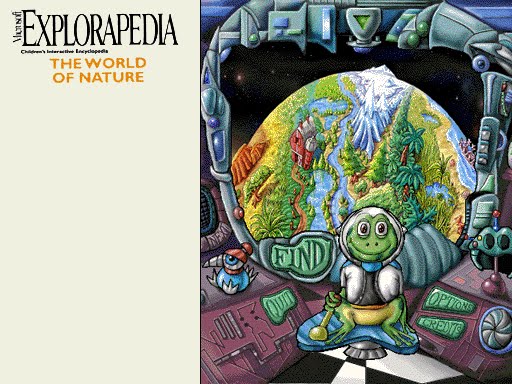Mick Tarel #2

Mick Tarel
Artist Profile
Mick Tarel began experimenting with painting as an expressive medium at the age of fourteen. Born in New York City in August 1949 the culture of his time encouraged artistic expression and creativity. The visual arts in America were crossing new and exciting horizons. Expressive freedom from several new schools ranging from Pop to Minimal found outlets in music, theater, cinema, and early television. Not unlike the explosion of interest we see in today's new technologies, developing artists of the fifties and sixties were learning to apply new ideas, mediums, and concepts to an already explosive visual art scene. Every aspect of life from art to politics was changing - becoming more modern and innovative, daring and challenging to understand, create, and apply.
His early works included self-taught investigations in photography and painting. The use of traditionally crafted principles and techniques of painting were studied for three years at The School of the Worcester Art Museum, Massachusetts.
After graduation his work was represented by the Neill Gallery, SOHO, NYC. His first professional series began with site specific compositions in which the spectator was an active participant. Sites were selected to be the creative nucleus for a variety of compositions including the production of photographs, drawings, paintings, and poetry. Conceptually oriented site works lasted for several years.
The beginning of 1990 saw a return to painting. While living in Japan he created a series of works that inquired into the relationship between the Japanese and the sacred in daily life. The Sacred Garden exhibition, July 1990, at the Shoto Gallery, Tokyo, Japan was totally comprised of paintings - free form shapes of cut canvass painted with encaustic (wax) medium.
While Mick has used a variety of media over the years, his current pieces maximize a balance between light and color; geometry of line and shape; abstract shapes and photographic images. The energy of the paint medium and the speed of the personal computer allow him to express his freedom of composition. Easily adapting to the visual tools found on his personal computer Mick now relies on his PC as an electronic sketch pad. Compositions can quickly go through many variations before one final balance is chosen. Images from these computer sketches become the basis for final compositions.
Mick's works can be seen as a regular feature on Metatec's NautilusCD and Multimedia LIVE! magazines. In the fall of 1995 his paintings will be exhibited and available for sale on the following Internet World Wide Web sites -
The Electric Gallery: http://www.iis.com/egallery/homepage.html (Fall '95)
ArtNetWeb: http://www.awa.com/artnet/artnetweb/slidereg/list.html (Open Now!)
-------------------------------------------------------------------------------------------------------------------------------------
Mick Tarel
Technical Notes
Paintings often begin as a sketch within my computers paint program. With the paint program I can quickly explore many compositional variations. The final sketch is saved and printed in color. The printed sketches are then taken to my studio where I create the actual painting.
Each painting is mixed media on paper or canvass and includes - acrylic, oil, and encaustic (wax) paint mediums, color silk screen paper, and photographic images. These constructions are built layer by layer until the final work is finished.
Paintings are photographed then scanned into my paint program. The scanned image is fine tuned and saved in various file formats such as .gif, .bmp, and .jpg.
The compositions all share similar aesthetic qualities. Use of color, shape, texture, and materials work together in a complex rhythm. The process of composition and technique has evolved over many years.
The technical progression of these works dates back to my early experiments with painting and photography - mediums I explored independently for years. Painting and photography merged in 1994. Initially the two mediums did not blend well with each other. The contrasting lights and darks of black and white photographs worked contrary to the painterly texture. Continued trial and experimentation finally began to produce pieces that began to work.
These contrasting images and textures have produced some of my most powerful compositions to date. The dimension of each composition flows along three primary planes - the textured, painted surface; the flat photograph or solid color of silk-screen paper; and the cut and pasted geometric shapes twisting and floating throughout the scene.
Viewers explore these planes at different speeds and depths depending upon the particulars involved.
The final dimension is the technical one. In addition to the three planes here mentioned, the application of paint and arrangement of shapes originates from techniques invented by the masters including - the use of oils, and glazing techniques for transparency; contrast of shapes; movement; and use of color.
The works continue to grow as the artist explores new and exciting compositions.



Comments
Post a Comment